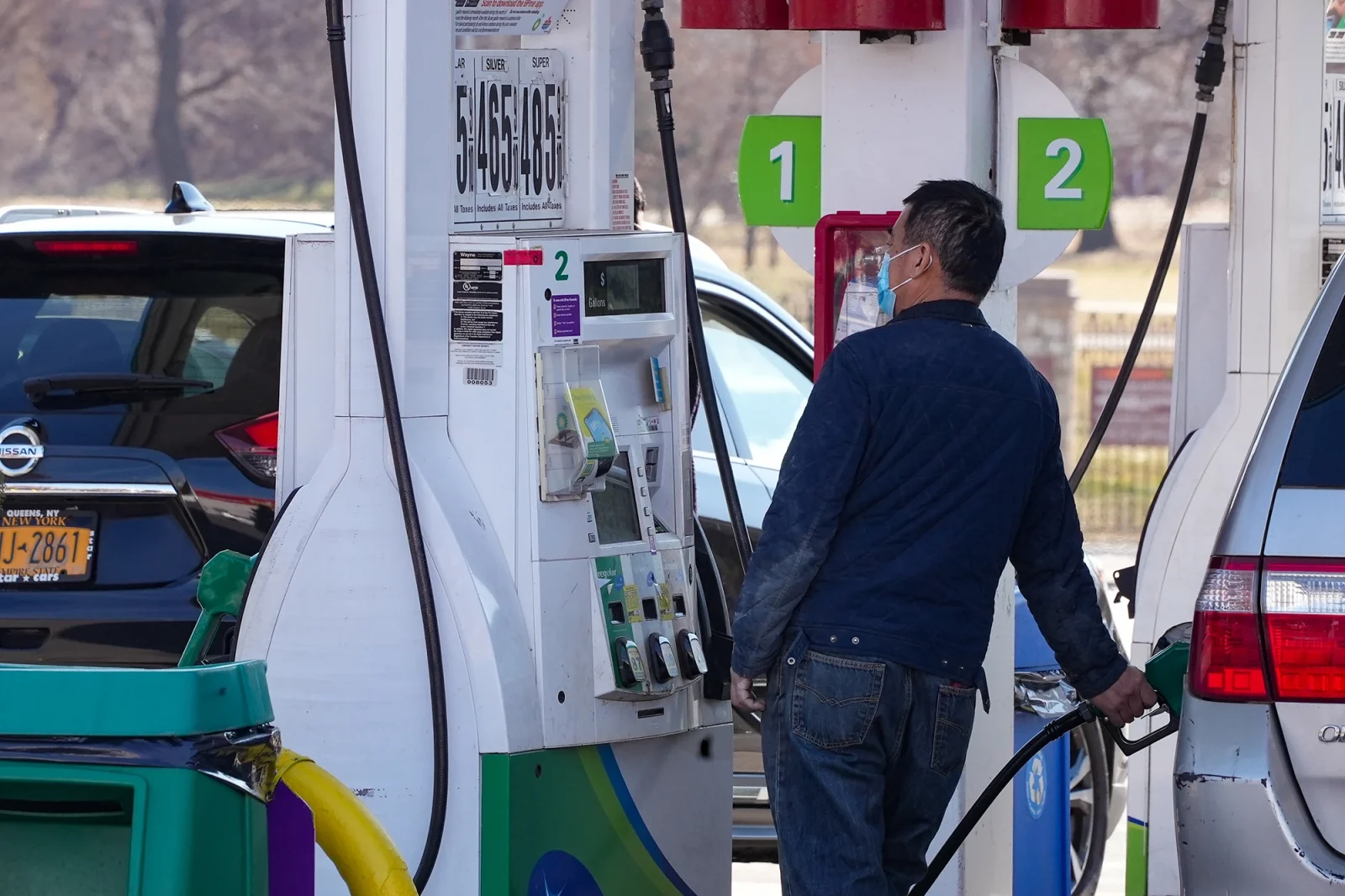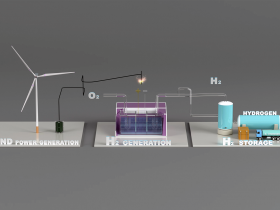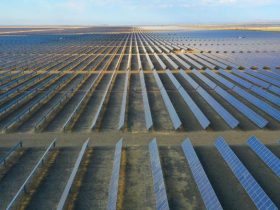After decades of trying, America is finally energy independent.
At least on paper.
We’re currently the world’s top producer of crude oil, gasoline’s raw ingredient, and generate more crude than we consume. We also sell more of it overseas than we buy from foreign companies.
Yet we still rely heavily on imported oil.
That’s because our wells are located far from the Northeast and West Coast, where most of our gasoline is consumed, and we don’t have the pipelines to transport it.
“It’s not in all the right places,” said Andy Lipow, president of Lipow Oil Associates, a consulting company in Houston.
Despite the US producing about 11.6 million barrels of crude per day — No. 1 in the world, followed by Saudi Arabia’s 10 million and Russia’s 10 million — almost all of the drilling occurs in the Midwest and Southwest, with Texas accounting for five million barrels daily and New Mexico producing one million, Lipow said.
“Then you have lesser amounts coming from Oklahoma, Colorado and Wyoming,” Lipow said. Alaska, which produced two million barrels a day in 1988, is now at 450,000.
The challenge of moving oil thousands of miles across the country means that it’s sometimes cheaper and easier to buy it from other countries.
“We’re lucky to be located in between two friendly oil-producing nations — Canada and Mexico. They provide the vast majority of our energy imports,” said Jim Meigs, former editor-in-chief of Popular Mechanics who writes about energy issues.
This also means the US is part of a global energy market. Though we don’t rely much on Russian energy, Europe is dependent on it. So when Russia invaded Ukraine, a sizable part of the global petroleum supply was cut off, pushing the price of oil and gas from other sources up. That all leads to Americans paying more at the pump.
“The United States is connected to the world oil market,” said Lipow. “The invasion has led to sanctions and a de facto ban of some Russian oil. It might be produced but it isn’t being sold, so the market is looking for alternatives.”
Once crude oil is drilled from the ground, it goes to refineries to be processed into fuel for our cars and trucks. But most of these refineries are located in the Gulf Coast, where 54 percent of our gasoline gets made. Lesser quantities come from California, Indiana, Ohio and Colorado.
There’s only one refinery in the tri-state area — Bayway, owned by Phillips 66, in Linden, NJ — and none in New England. “You have two outside of Philadelphia and then zero, not a single one, until you get to Florida,” said Lipow.
“New England is a major importer of gasoline and fuel because there aren’t enough refineries.”
Sky-high gas prices also result from Uncle Sam having no control over the energy markets, where prices are determined by a vast array of private companies responding to industry ups and downs.
One answer to weaning ourselves off of foreign oil and price hikes is the electric vehicle, some experts say. Despite costing more to buy than regular vehicles, hybrid and electric cars are selling well, hitting record figures last year, Reuters reported.
And “we don’t burn oil to make electricity,” said Lipow.
The juice needed to power these cars and trucks comes via natural gas, which is cheap and we have in abundance, as well as renewable sources — wind, solar and hydro — along with nuclear power, coal and bio fuels. The nuke industry, though struggling financially due to aging plants and low prices for natural gas, offers high capacity reactors, which are both carbon-free and by far the most efficient way to produce electricity.
But there are challenges. “No one wants a nuke in their backyard,” Lipow said, nor a giant wind farm near their home or a natural gas pipeline in their town.
The ultimate solution is that Americans need to start embracing the full range of fossil fuel alternatives.
“Nuclear, solar, wind, bio fuels, coal. There’s something for everyone to hate. When you go to the supermarket and have 10 different brands to buy, you feel like you’ve got options,” Lipow said. “We have a list of things we’re unwilling to do, rather than wanting to do a lot of things.”












